Armari Magnetar V16R-RD850G3 review: An unparalleled all-rounder
Amazing amounts of 3D design and rendering ability in an unfeasibly small package
-
+
Incredible multi-threaded rendering
-
+
Great 3D design ability for animation or CAD
-
+
Tiny, quiet chassis
-
-
Limited storage upgrade potential
-
-
No 3.5in drive bays
-
-
Relatively expensive

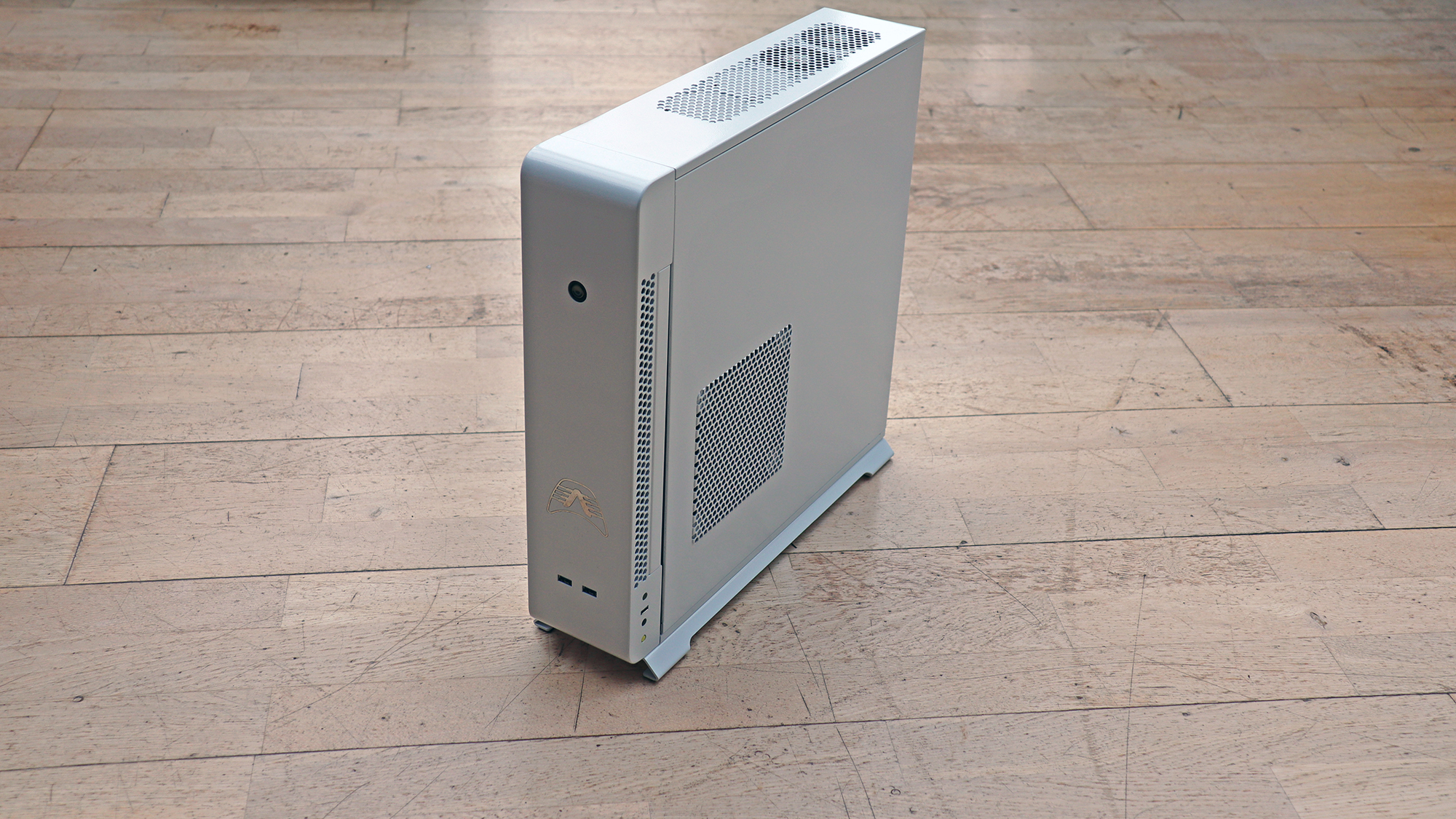
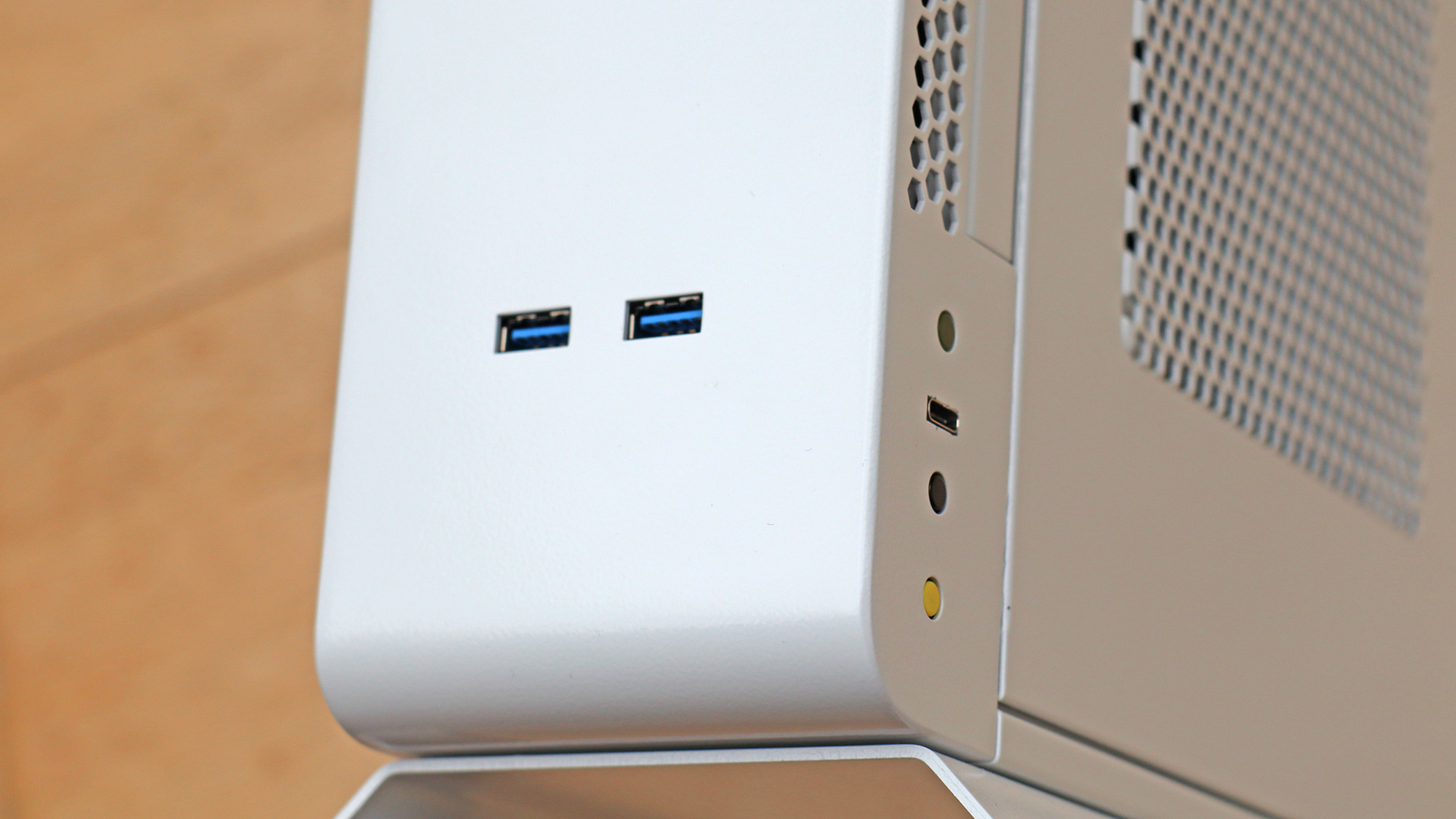
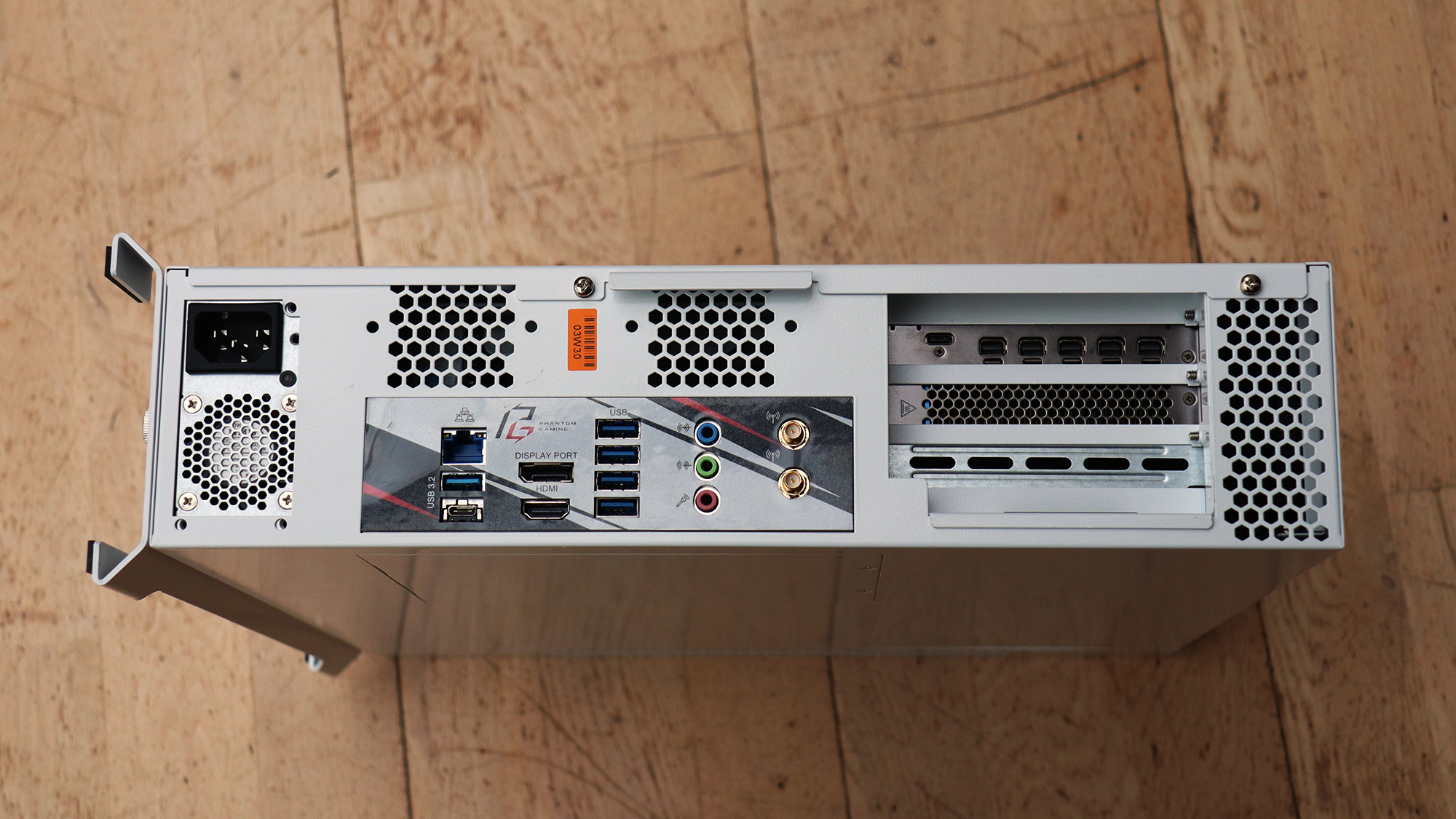
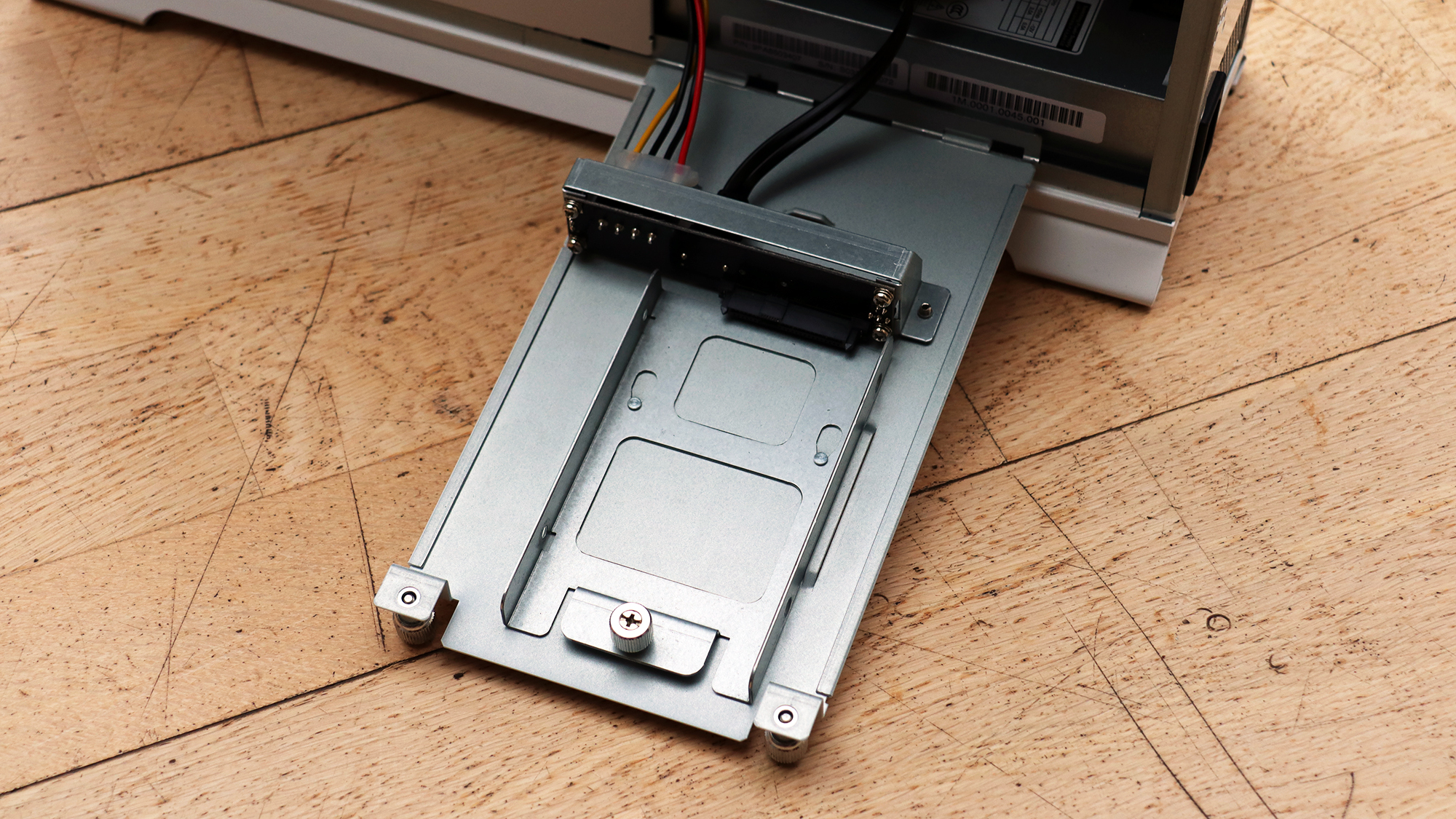
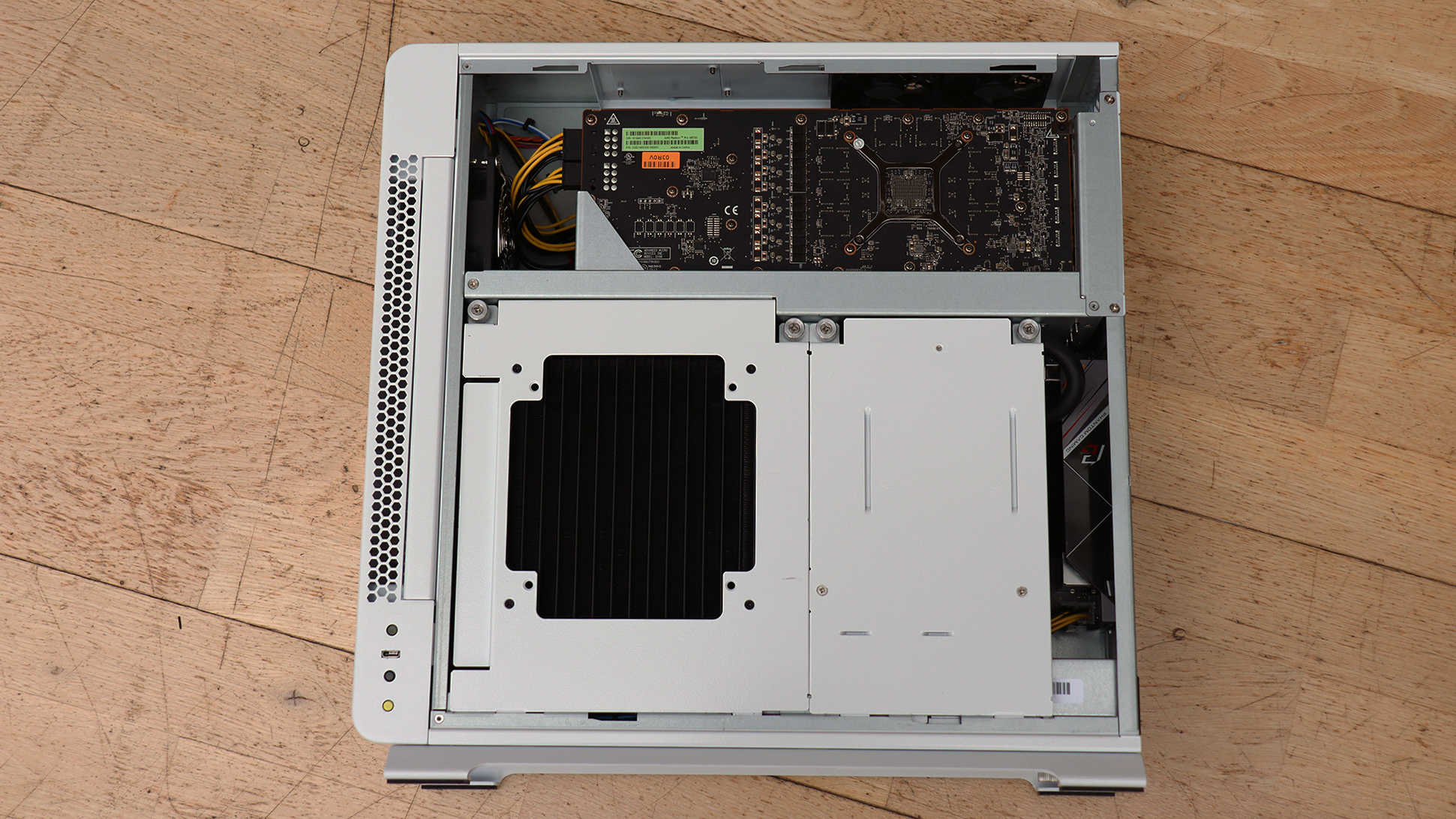
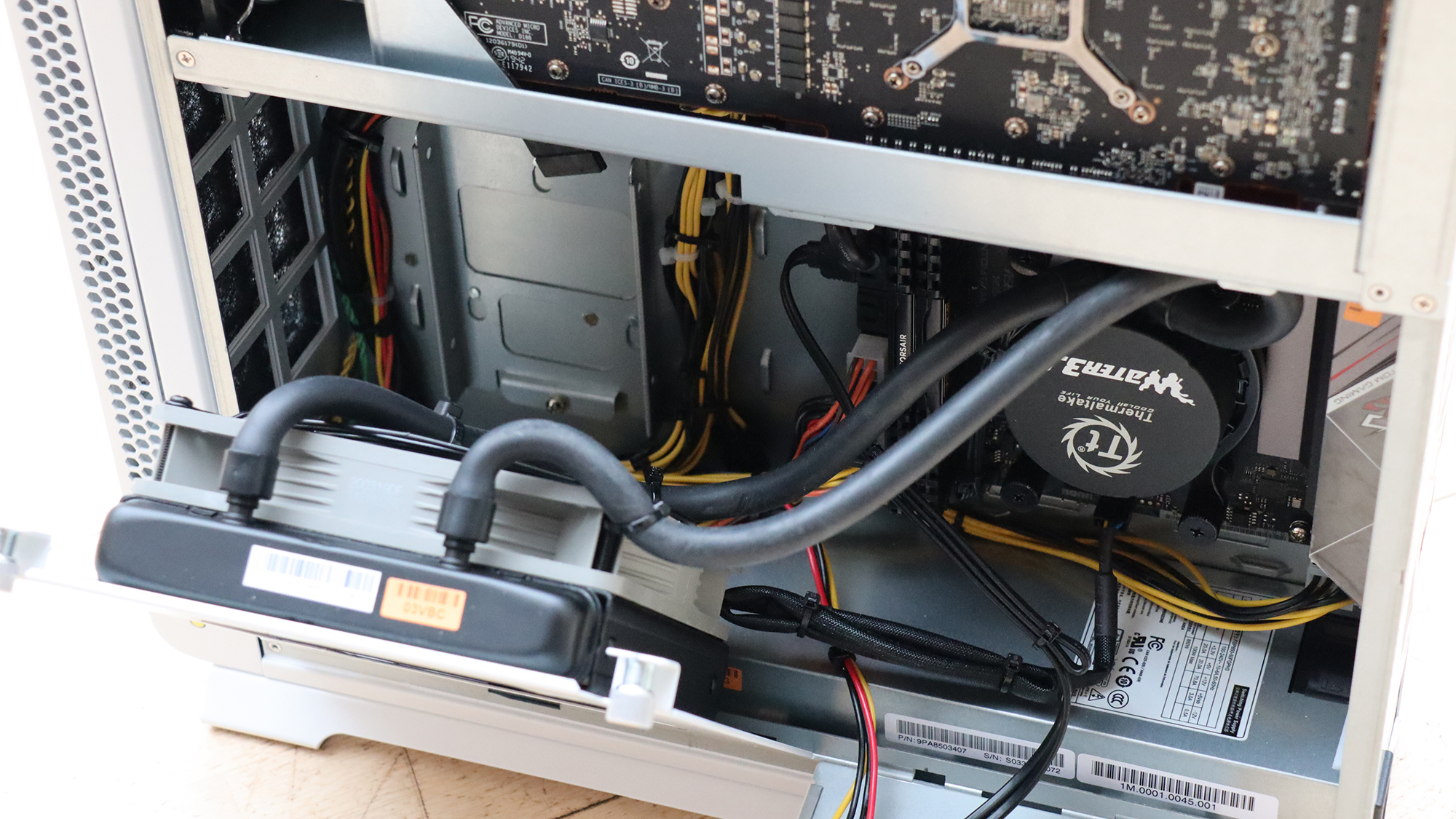
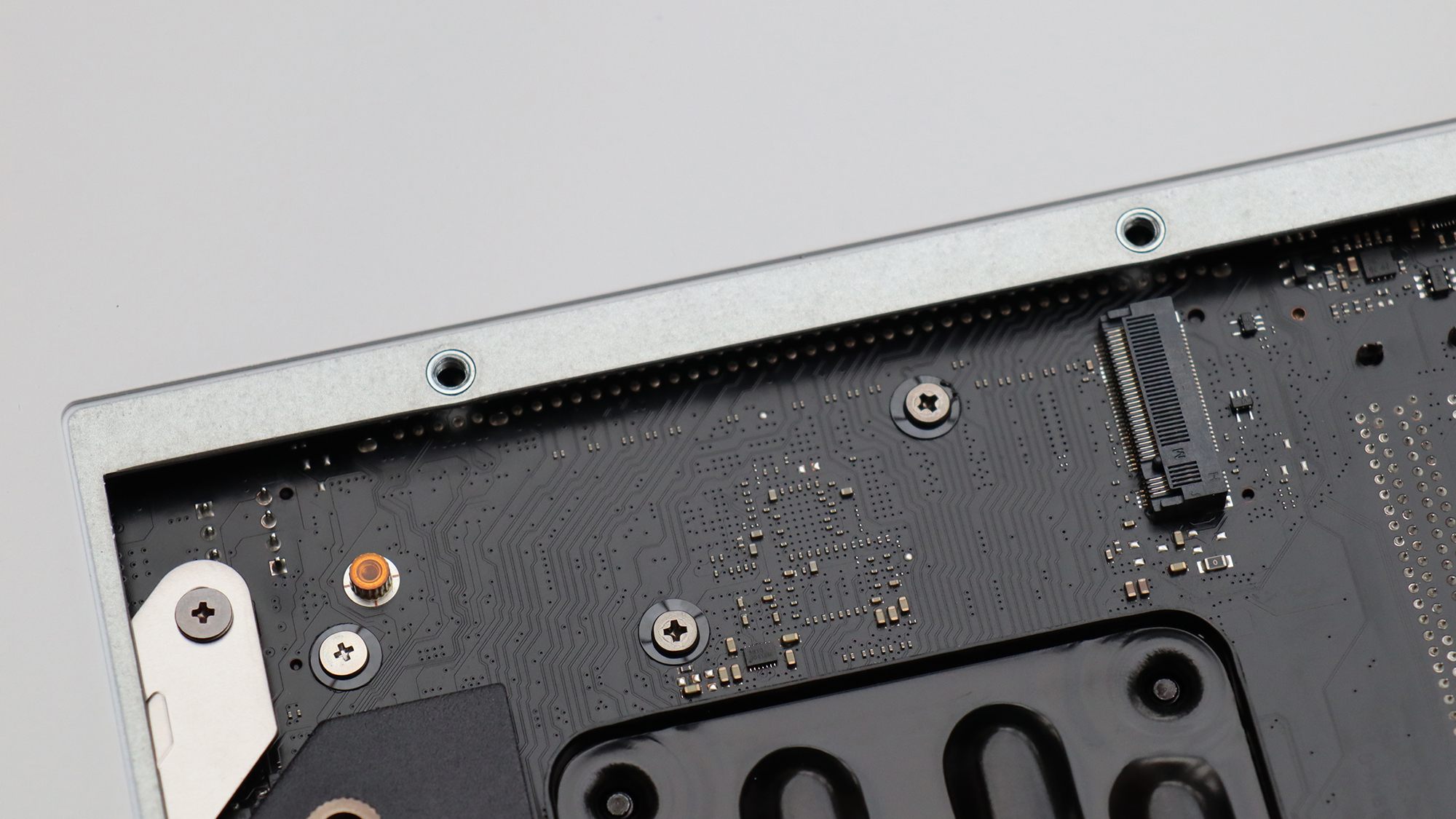
AMD’s development of its Zen Microarchitecture has been relentless over the last three years. The company has gone from an also-ran in the CPU market to the primary choice. AMD is even the supplier of the processors in the forthcoming Frontier supercomputer, set to be the fastest in the world.
But AMD’s successes aren’t just at the HPC end of the market; it’s also making inroads in every other sector, particularly for workstations. The Threadripper has found considerable favour amongst digital content creators, and since the last generation, even the Ryzen is a serious contender in this area. The latest flagship Ryzen 9 5950X has 16 cores running at up to 4.9GHz, giving it huge potential for every workload. Our first look comes in the form of Armari’s Magnetar V16R-RD850G3.
Armari Magnetar V16R-RD850G3 review: Processor and memory
The first thing we should stress is that in theory the AMD Ryzen 9 5950X is a high-end desktop processor, not specifically designed for workstations like the Threadripper range. However, with 16 cores and symmetrical multi-threading (SMT) giving it 32 threads, it has the raw processing potential of the original AMD Ryzen Threadripper 1950X, and even more besides; where the latter’s boost clock went up to 4GHz, the 5950X can hit 4.9GHz.
Unlike Intel’s strict hierarchy of core frequency stepping, AMD’s depends on platform capability, particularly cooling, thanks to the Precision Boost Overdrive (PBO) software. So, with good cooling and power delivery, more cores can run closer to the top boost level. Armari has equipped the Magnetar with liquid cooling incorporating a 140mm Noctua fan on its radiator, to maximise its capabilities.
AMD’s CPUs used to fall down a little with per-core clock frequency against Intel’s, but the 5950X is based on 7nm process technology. In contrast, the equivalent Intel CPUs are still on 14nm, which means the logic features are much bigger and the processor is less power efficient. AMD, meanwhile has been using 7nm since the previous Ryzen generation; the Ryzen 9 3950X was also a 7nm 16-core chip, but with a 4.7GHz ceiling rather than 4.9GHz. There are some architectural differences, however. The 3950X has a ‘Zen 2’ core and the 5950X uses ‘Zen 3’.

With Zen 2, four CPU cores share 16MB of L3 cache, whereas for Zen 3 eight CPU cores share 32MB of L3 cache, which is more flexible. The 16-core package still combines two of these eight-core “chiplets” so that they both talk to a single 12nm I/O die with integrated memory controller and PCI Express 4.0 connectivity. There are 24 PCI Express lanes to be shared across graphics connectivity, storage and communicating with the motherboard chipset.
Armari has equipped the Magnetar with two 32GB DIMM modules of Corsair V.LPX DDR4-3600 C18 memory, for a 64GB total, which should be more than enough for most content creation tasks. The CPU supports memory up to 128GB DDR4 running at up to 3,200MHz, but the motherboard only has two DIMM slots, and an upper capacity of 64GB, so upgrades are out of the question. One additional limitation of the Ryzen 9 over a Threadripper is that the memory controller is only dual-channel rather than quad-channel, although you won’t see much difference in most applications.
Armari Magnetar V16R-RD850G3 review: Graphics acceleration
Where AMD has had huge success against Intel with its Zen Architecture CPUs, its graphics cards still languish behind Nvidia’s alternatives for market share. Nevertheless, Armari has partnered the Ryzen 9 processor with an AMD Radeon Pro W5700 graphics card, which is a direct competitor to the Nvidia Quadro RTX 4000, with almost identical pricing.
The W5700 also uses a 7nm production process, like AMD’s CPUs. It sports 2,304 stream processors, the same as the number of CUDA cores on the Quadro RTX 4000, although these are not directly comparable in ability to NVIDIA’s CUDA cores. However, the W5700’s 8GB of GDDR6 memory is very similar, offering 448GB/sec of frame buffer bandwidth, which is a little higher than the Quadro RTX 4000’s 416GB/sec and on par with the Quadro RTX 5000, but using the same 256-bit interface.
The power rating of the W5700 is a bit higher at 205W compared to 160W for the Quadro RTX 4000, but that’s the maximum and doesn’t necessarily mean the card will be more Watt-hungry in everyday usage.
Armari Magnetar V16R-RD850G3 review: Storage

AMD’s latest processors support PCI Express 4, which means that M.2 storage drives can make use of this too. The Asrock B550 Phantom Gaming ITX/ax motherboard only includes one NVMe M.2 PCI Express 4 connection, however, while the other M.2 slot runs at PCI Express 3 speed. Armari has populated the first M.2 slot with a 1TB PCI Express 4 Corsair MP600 NVMe drive.
With CrystalDiskMark 7, this delivers 5,005.32MB/sec sequential reading and 4,268.21MB/sec sequential writing, showing just how fast PCI Express storage can be. If you need more, there’s the second M.2 socket, and the chassis has two 2.5in bays for SATA drives, but there’s no space for any 3.5in disks. If you need high-capacity storage with this machine, it’ll have to be external.
Armari Magnetar V16R-RD850G3 review: Chassis design
Armari has chosen to showcase the new AMD processor in its amazingly compact V-series chassis, which we first saw used with the VG25R-RA750G2 , our first look at the second generation of Ryzen 7. Apparently, this tiny case can even accommodate a 64-core AMD EPYC processor. The small space means the motherboard used is of the Mini-ITX variety, and a riser is employed to shift the orientation of the graphics slots to vertical from horizontal. This provides support for either two single-width PCI Express graphics cards or a single double-width adapter. If you install two cards, these will be running at 8x.
Opening up the side panel reveals the all-in-one sealed water-cooling unit with its 140mm Noctua fan and radiator. This swing-out assembly also incorporates the 2.5in drive bays. There are a couple of USB 3 ports on the front and a USB-C connection on the side edge of the front fascia. The motherboard supplies 2.5Gbit Ethernet, USB 3.2 Gen2 Type A and C, and four USB 3.2 Gen1. There are also antenna connections for WiFi, taking advantage of the motherboard’s WiFi 6 802.11ax radio. Amazingly despite the chassis size, the PSU is 850W, which will be more than enough for any internal peripherals you’d care to install.
Armari Magnetar V16R-RD850G3 review: Processor performance
The AMD Ryzen 9 5950X takes over where the 3950X left off when it comes to performance. Scan used the latter very effectively in its 3XS GWP-ME Q132R, but the Armari system shows how far AMD has gone in just a few months. In the IT Pro Media Benchmarks, it got an overall score of 617, which is 23% faster than the Scan’s 503. The individual results of 242 in image editing, 575 in video encoding, and 769 in multitasking are all phenomenal, too. Putting this further in perspective, the Intel Core i9-10980XE, as showcased by the PC Specialist Onyx 994RG only managed 486 overall in the Media Benchmarks. Intel clearly has a lot of work to do to catch up.

Turning to the Maxon Cinebench R20 CPU 3D rendering benchmark, the 5950X managed 10,972, whereas Scan’s 3950X only achieved 9,097 and PC Specialist’s Intel processor a mere 8,843 – with two more cores than either AMD processor. Translating this to a more real-world test, the Blender Gooseberry 3D render took 541.06 seconds, compared to Scan’s 645.01 seconds and PC Specialist’s 689.59 seconds. Despite its size, the Armari workstation has exemplary 3D rendering ability. Just to hammer this home, the Geekbench 4 scores of 6,864 single-threaded and 63,162 multi-threaded show just how much processing power is on tap with this CPU.
Armari Magnetar V16R-RD850G3 review: Graphics performance
AMD may not be winning with its graphics anywhere near as much as it is with its processors, but the Radeon Pro W5700 is still a capable accelerator. Running SPECviewperf 13, it competes very well with the NVIDIA Quadro RTX 4000. Looking at key viewsets, the result of 194.6 in 3dsmax-06 is a little behind the NVIDIA equivalent, but 347.99 in maya-05 is significantly ahead, making this a very capable card for 3D animation.
Turning to CAD workloads, 343.17 in catia-05 is ahead of the RTX 4000 (and even the more expensive RTX 5000), 257.03 in creo-02 is virtually identical, while 360.79 in snx-03 is a little ahead and 197.13 in sw-04 considerably higher. This is a great accelerator for engineering design work as well as traditional 3D modelling. There’s plenty of OpenCL on call, too, with the W5700 providing 2,746 in Luxmark 3.1. However, this is significantly behind what NVIDIA’s Quadro RTX 4000 can deliver (close to 6,000).
Armari Magnetar V16R-RD850G3 review: Verdict
Just when we thought AMD had a considerable lead over Intel, the company has unveiled something even better. A mere three years ago we were amazed by the Ryzen Threadripper 1950X’s 16 cores, but now the Ryzen 9 5950X delivers the same number of cores for much less money and with much greater overall performance. Armari’s Magnetar V16R-RD850G3 packs a huge amount of content creation workstation power into a small space.
Along with its AMD Radeon Pro W5700, this system is great for design or engineering work, and the CPU can deliver multi-threaded rendering abilities that are unprecedented in a box this small. If you need more storage, you might want to opt for a larger chassis, and it’s not exactly a budget system. But otherwise this is an all-conquering workstation for every type of creative workload.
Armari Magnetar V16R-RD850G3 specifications
| Processor | 3.4GHz AMD Ryzen 9 5950X |
| RAM | 64GB 3,600MHz DDR4 |
| Graphics | 8GB GDDR6 AMD Radeon Pro W5700 |
| Storage | 1TB Corsair MP600 M.2 NVMe SSD |
| Operating System | Windows 10 Professional 64-bit |
| Warranty | 3 years (1st year collect and return, 2nd and 3rd year RTB parts and labour) |
| Website | www.armari.com |
Get the ITPro daily newsletter
Sign up today and you will receive a free copy of our Future Focus 2025 report - the leading guidance on AI, cybersecurity and other IT challenges as per 700+ senior executives
Dr James Morris has worked as a technology journalist for over 25 years, including spending nine years on the staff of market-leading computer magazine PC Pro, the last five of which were as the publication’s editor. He specialises in enterprise-grade software and hardware, with a particular focus on content creation. He launched a pioneering video channel for HEXUS.net in 2006 and ran the video reviews channel for TrustedReviews.com for four years. He also runs a successful online digital content and commercial video production company, t-zero communications Ltd.
Dr Morris is a prolific technology writer and contributes commercial content for major IT brands including AMD, BlackBerry, Dell, Cognizant, HP, and IBM. He published a book on artificial intelligence, Can Computers Create Art? in 2009. He is also an academic, and is currently Pathway Director of the MA, Interactive Journalism at City, University of London.
Previously, he was course leader for the BA in Web Media Production at Ravensbourne University. He has a PhD in Philosophy, Art and Social Thought from the European Graduate School in Switzerland, a Master's in Media Arts from the New School in New York, USA, and a Bachelor's in Social Anthropology from the London School of Economics.
Dr. Morris can be found on Twitter at @Cyberwest, or emailed at j@tzero.co.uk
-
 Westcon-Comstor and Vectra AI launch brace of new channel initiatives
Westcon-Comstor and Vectra AI launch brace of new channel initiativesNews Westcon-Comstor and Vectra AI have announced the launch of two new channel growth initiatives focused on the managed security service provider (MSSP) space and AWS Marketplace.
By Daniel Todd Published
-
 Third time lucky? Microsoft finally begins roll-out of controversial Recall feature
Third time lucky? Microsoft finally begins roll-out of controversial Recall featureNews The Windows Recall feature has been plagued by setbacks and backlash from security professionals
By Emma Woollacott Published
-
 The UK government wants quantum technology out of the lab and in the hands of enterprises
The UK government wants quantum technology out of the lab and in the hands of enterprisesNews The UK government has unveiled plans to invest £121 million in quantum computing projects in an effort to drive real-world applications and adoption rates.
By Emma Woollacott Published